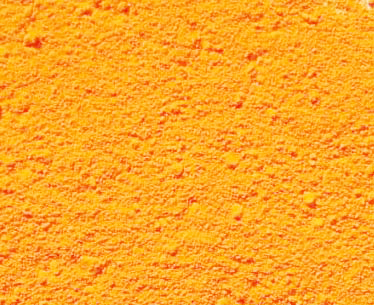Very bright and useful organic pigments
2025-05-07
Pigment Yellow 139 is a pigment that is widely used in multiple industrial fields. In the fields of coatings, plastics and inks, it presents a unique red and yellow color. The color characteristics of this pigment are closely related to the particle size distribution. Different particle size distributions will display different color characteristics. In terms of the hue Angle, it can be 78 degrees, 71 degrees or 66 degrees depending on the average particle size.

From the perspective of the transparency type of the pigment, the non-transparent pigment Yellow 139 has a more intense red light characteristic. Here, specific examples can be used to illustrate. For instance, the pigment Paliotol Yellow 1970 has a specific surface area of 22m2/g, and L2140HD has a specific surface area of 25m2/g. Both of them exhibit the characteristics of this non-transparent pigment Yellow 139.
In practical applications, pigment Yellow 139 has another significant advantage, that is, increasing the concentration will not affect the glossiness. This feature enables it to be used in products that require specific color concentrations without worrying about changes in gloss. Meanwhile, it also has excellent light and weather fastness. When used in combination with inorganic pigments, it can replace chrome yellow. This feature has positive significance for environmental protection and cost control, etc.
In the field of high-end coatings, especially in automotive repair paints, pigment Yellow 139 has an outstanding performance. In alkyd melamine resin, its lightfastness can reach grade 7-8 (1/3SD). This means that after the car surface is sprayed with this pigment, even if it is exposed to sunlight for a long time, its color can remain relatively stable and is not easy to fade.
In the two important application fields of automotive painting and plastic products, pigment Yellow 139 has the characteristic of easy dispersion. This feature enables the pigment to be evenly distributed in the product during the production process, avoiding the situation of uneven color. Moreover, its color light is bright and vivid, which can provide very bright color effects for automobiles and plastic products. In addition, it has excellent resistance to migration. In plastic products, even if they are in prolonged contact with other substances or under different environmental conditions, color migration is not likely to occur, thus ensuring the stability and aesthetic appeal of the product's color.



